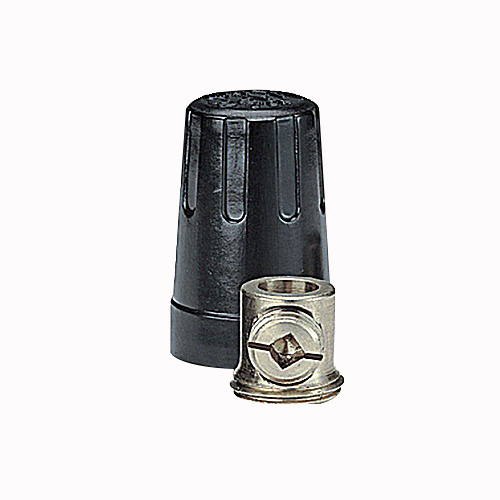Nothing wrong with getting technical about MOVs or anything else to do with EMS units. Who knows, maybe someone out there might prevent some expensive damage armed with a little more info. Having MOVs is a good thing but it's possible a poor connection can affect it's performance and even still result in some damage in the event of a high surge current.
One thing I don't like about the PI EMS is that they want you to connect the incoming and outgoing ground wires using a small nut/bolt connection and ring terminals which could possibly loosen or not provide a good connection. I've read of a few cases where an EMS went up in smoke & flames after a lightning strike or surge and I suspect it could potentially have been due to a poor ground connection. Photo below shows a 30 amp hardwired model and note that this owner simply wrapped a ground wire around one of the studs. I spliced the incoming and outgoing ground wires together using a wire nut ("vibration-proof" type) and then ran a ground wire from that over to one of the studs (using a ring terminal).
Also, if you were to look closely at their contactor terminals as 2nd photo shows, they are a square opening and you are trying to tighten a round solid wire against flat surfaces which could also not be a good connection and could loosen over time. I ran stranded #10 cable from the EMS to the converter/panel and short lengths of #10 stranded between the contactor and incoming romex cable inside the EMS to improve the connection.





